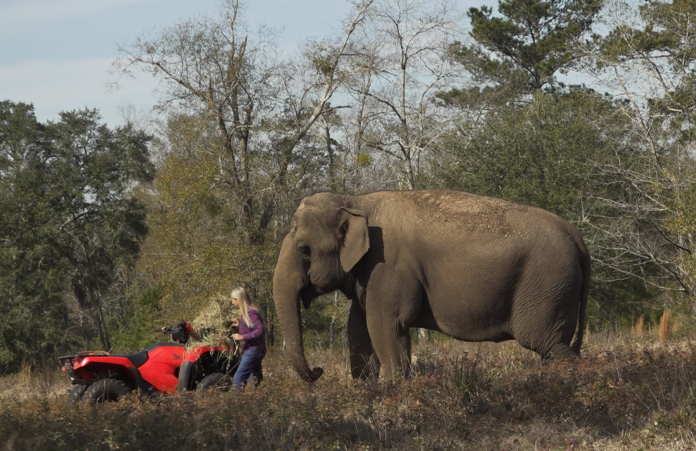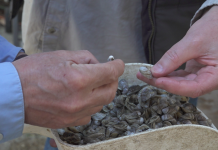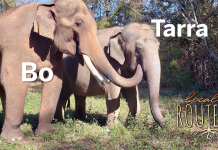Elephants are retiring in Georgia at a special place designed just for them. They may not have chosen it for themselves, but the woman who designed it is giving them everything they need to live out the rest of their days.
African elephants and Asian elephants, now Georgian elephants
Do you know how to tell the difference between an African elephant and an Asian elephant? The ears. An African Elephant has larger, rounded ears, while an Asian elephant has smaller, more triangular ears. Both kinds of elephants’ ears act as a kind of radiator to cool them. They have blood vessels close to the surface in their ears, and since elephants don’t sweat, fanning their ears helps cool both their bodies and blood. It is theorized that Asian elephants developed the smaller ears because they developed in a moist jungle/forest environment, while the larger-eared African elephants adapted to life on the sun-drenched African savannah. No elephants are native to Georgia, but two have moved there.
Here’s another theory: I don’t think either African or Asian elephants evolved to live in the circus. They’re very smart animals, so they can master all kinds of tricks that people like to see. But nothing else about an elephant seems to shout: “chain me up and put me in a cage.” And I’m not the only one that thinks that!
The woman who helps the elephants
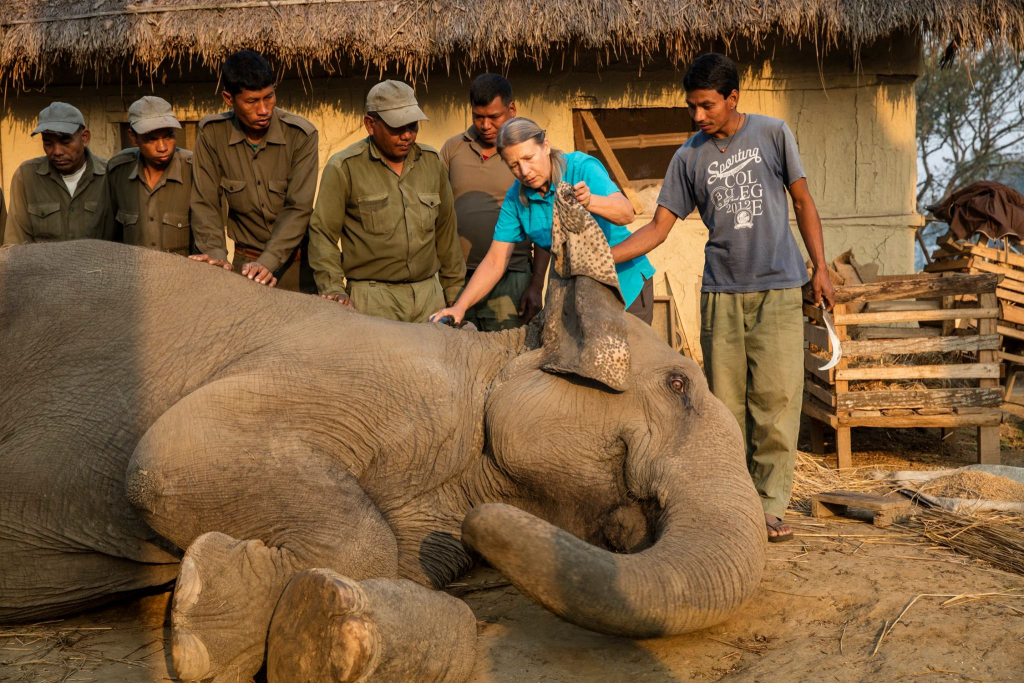

Courtesy Elephant Aid International
There’s a woman who lives in Attapulgus, Georgia. Her name is Carol Buckley. Carol has spent a lifetime helping elephants all over the world, including some of the circus kind. Five years ago, she started building a retirement home for elephants. It was a big undertaking and a lot of work, and now it’s done; She named it Elephant Refuge North America.
Those two Georgia transplants I mentioned earlier have come to live with Carol at her retirement home for elephants—their names are Bo and Tarra. Bo is a boy and he’s 35 years old. Tarra is a girl and she’s 47 years old. Both are Asian elephants. When you watch the video, just look at their ears…
It’s big, really big
Bo and Tarra have a huge yard to live in and explore, with lakes and woods and pastures and ravines…and they even have an elephant house if they decide they want to sleep indoors. And their yard is so big! “How big is it?” you might ask. It’s so big, we found the best way to show it was from the sky…it’s that big! So, we used a drone to record aerial footage. A drone is a miniature helicopter-type thing with a camera in it. You’ll see some aerial footage when you watch the video.
No elephants were harmed in the making of this video…
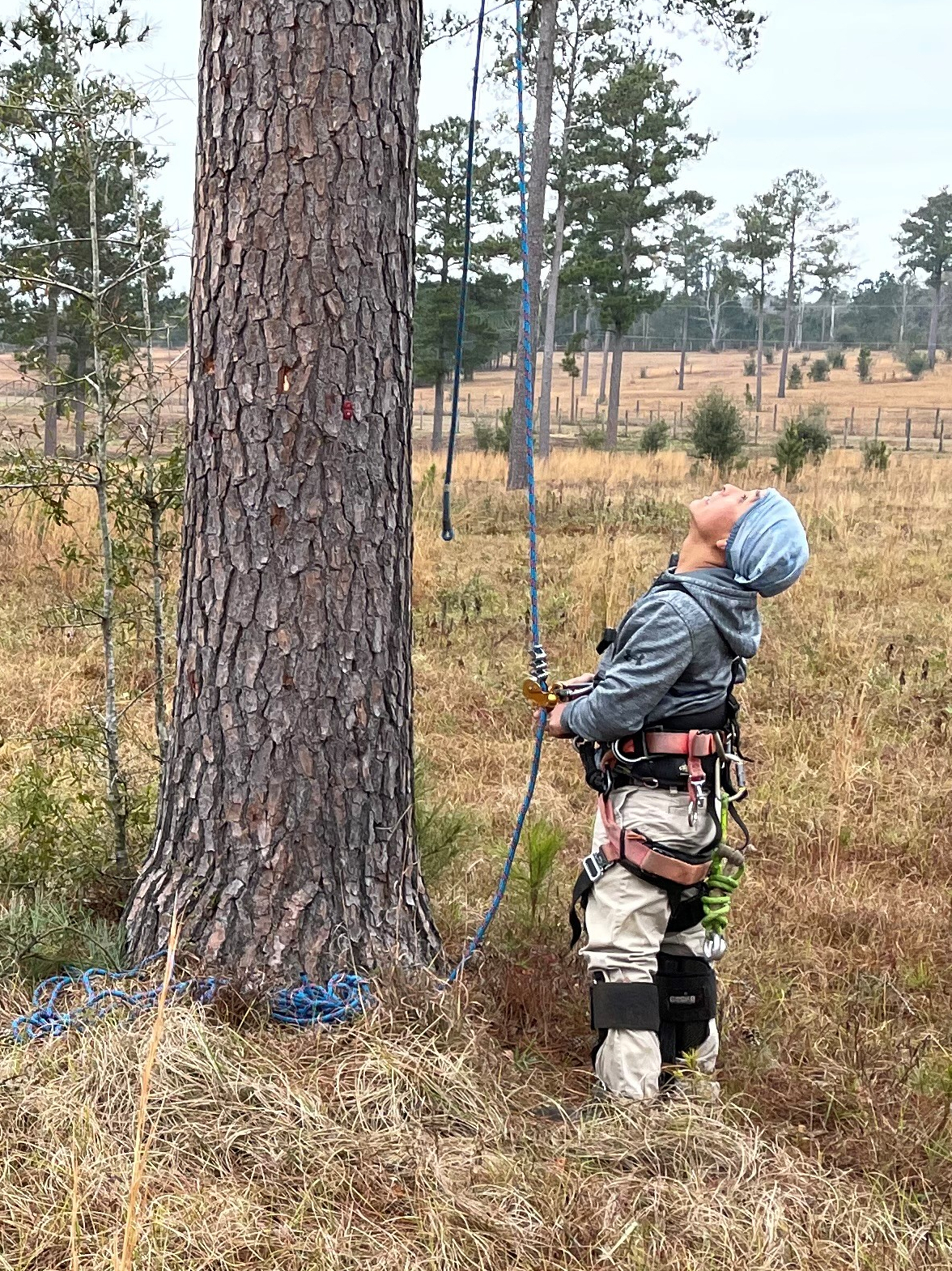

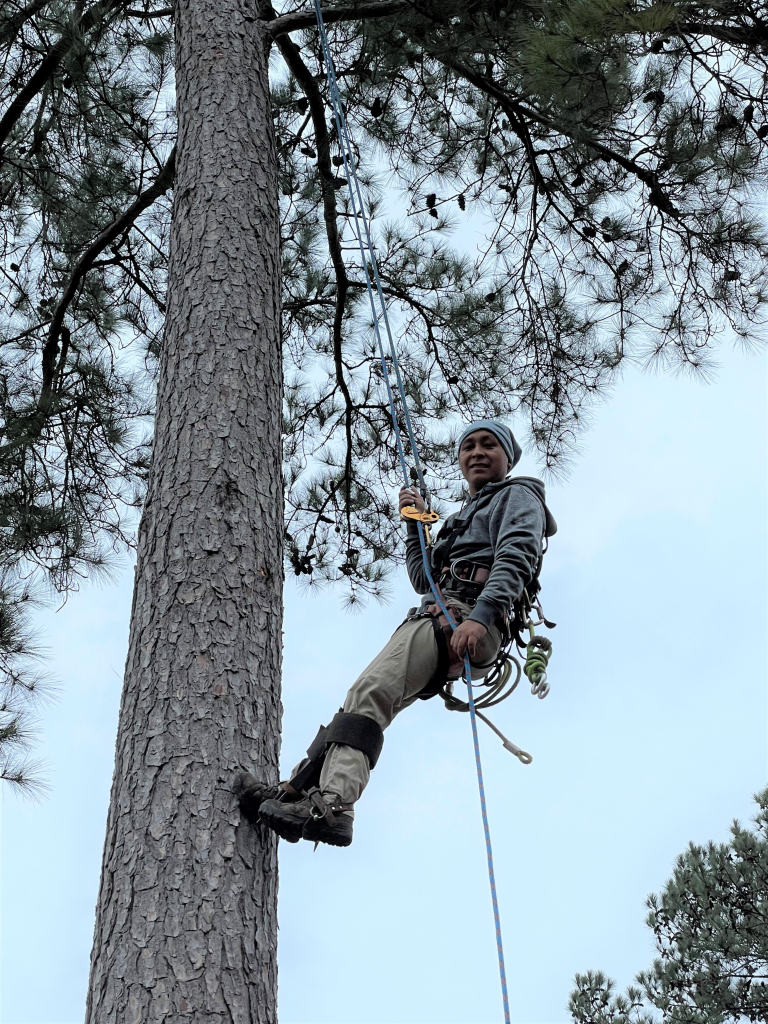

But a funny thing happened to our drone while we were recording Tarra and Bo in their big yard. Our drone was flying along doing what it does when the battery became low and started to beep. Our pilot was hurrying to get the drone back home and…(long pause)…the drone crashed into a tree…and got stuck.
Now, first, let me report that no elephants were injured, our drone pilot got a bruised ego but is otherwise A-oh-K…and the tree did not respond to any inquiries about its health. The drone itself was found with minor damage after we were able to organize a rescue operation.
Here are a couple of pictures that document that harrowing event. Whew, glad that’s over. Lucky for us that Elephant Refuge North America (ERNA) also has some footage we could use.
Ears, drones, and that flying elephant
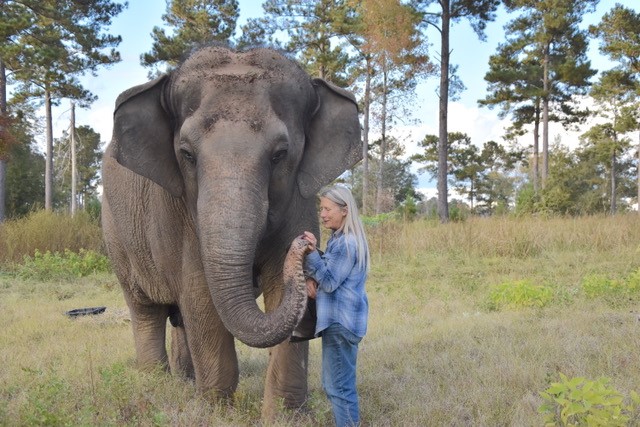

Courtesy Elephant Refuge North America
Now, after all that I’ve learned about elephants’ ears, and flying drones to get pictures of elephants, I have come to two conclusions: One is that Dumbo the Elephant is an African elephant because he would need the bigger ears to fly. And two, he was poorly named because elephants aren’t dumb. As for Bo and Tarra? They’re happy in their big yard in Attapulgus, Georgia. Did you know they have elephant webcams you can watch them on? Just visit elephantaidinternational.org.
Mike Plummer is a content producer and editor for television at WFSU Public Media. He spent 25 years in commercial television as an art director, commercial director, promotion manager, station manager and creative services director before coming to WFSU in 2008. Mike likes to find the “unusual” or “out of the ordinary” stories in our Local Routes. He says the best part of his job is getting to know people he would otherwise probably not get a chance to meet. Mike is widowed, has a rescue dog named Dexter, and is constantly at war with the vines growing in his backyard.

